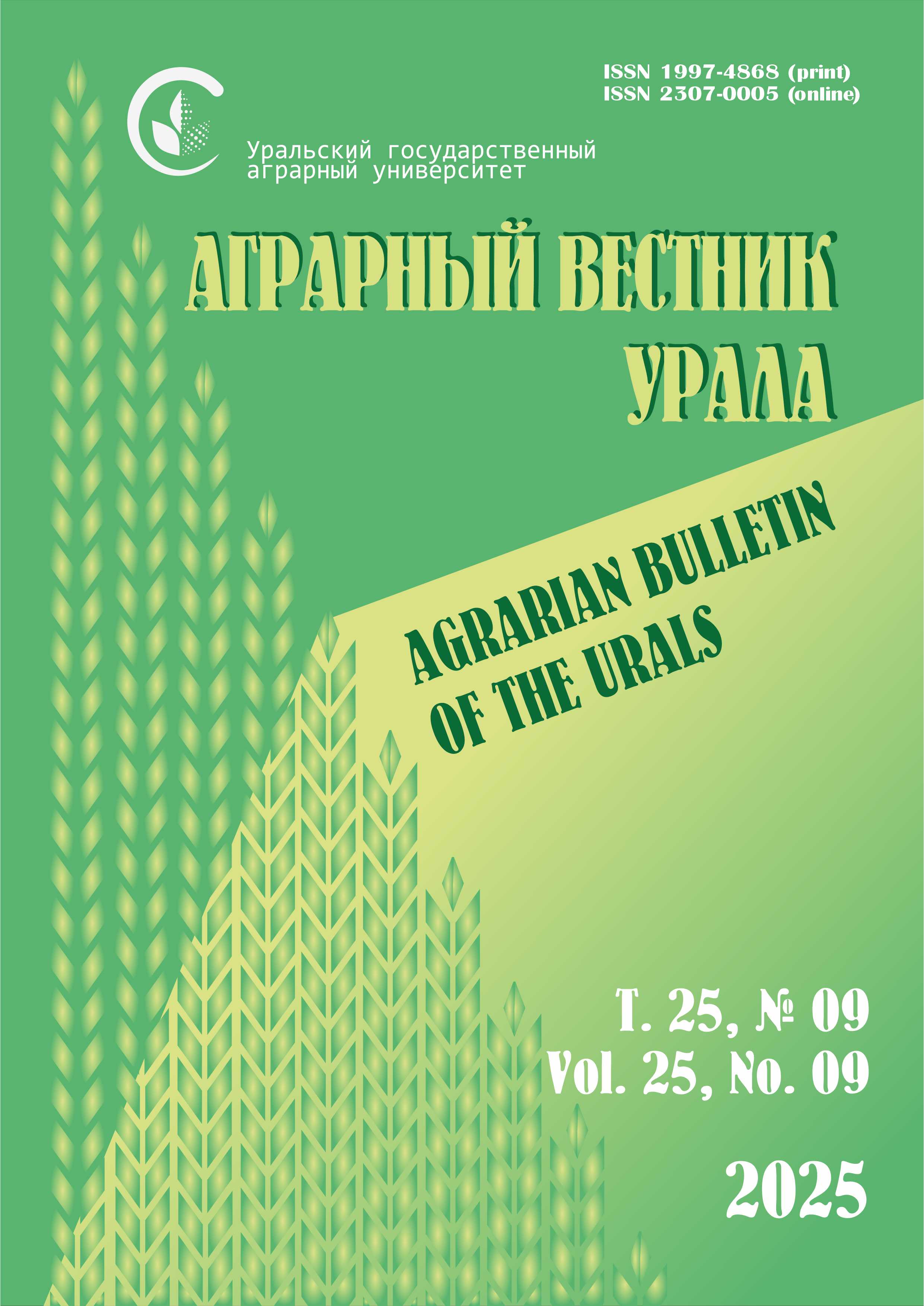Authors:
V. V. RZAEVA, candidate of agricultural sciences, associate professor, head of department,
State Agrarian University of Northern Trans-Urals (7 Respublici str., 625003, Tyumen; e-mail: This email address is being protected from spambots. You need JavaScript enabled to view it.).
Abstract. In spring wheat of weeds mixed type clogging – choreotrichia-minor – throughout the studied period was observed 12 species of weeds. Regular types of weed plants from monocots were avena fatua and setaria viridis; of the young dicotyledonous polygonum convolvulus, chenopodium album, amarantus retroflexus, erodium ciсutarium and fumaria officinalis; perennial cirsium arvense and sonchus arvensis. Reducing the depth of tillage contributed to the increase in the proportion of young monocotyledonous weeds by 4.6 % in the conventional treatment 2.9 % in the subsurface, 3.9 % for differentiated. In the species composition of weeds dicotyledonous young was a leader in the cultivation of spring wheat in grain-fallow crop rotation with a busy ferry. Constant species in the agrocenosis of spring wheat are from grass – oat grass common and green foxtail, perennial sow-Thistle field and the Thistle field, which is supported by studies of other researchers.
Keywords: weeds, species composition, young weeds, perennial weeds, young monocotyledonous, dicotyledonous young, spring wheat, soil treatment, primary treatment, machining depth, reducing the depth of processing, fine processing, zero processing, biological groups of weeds.












